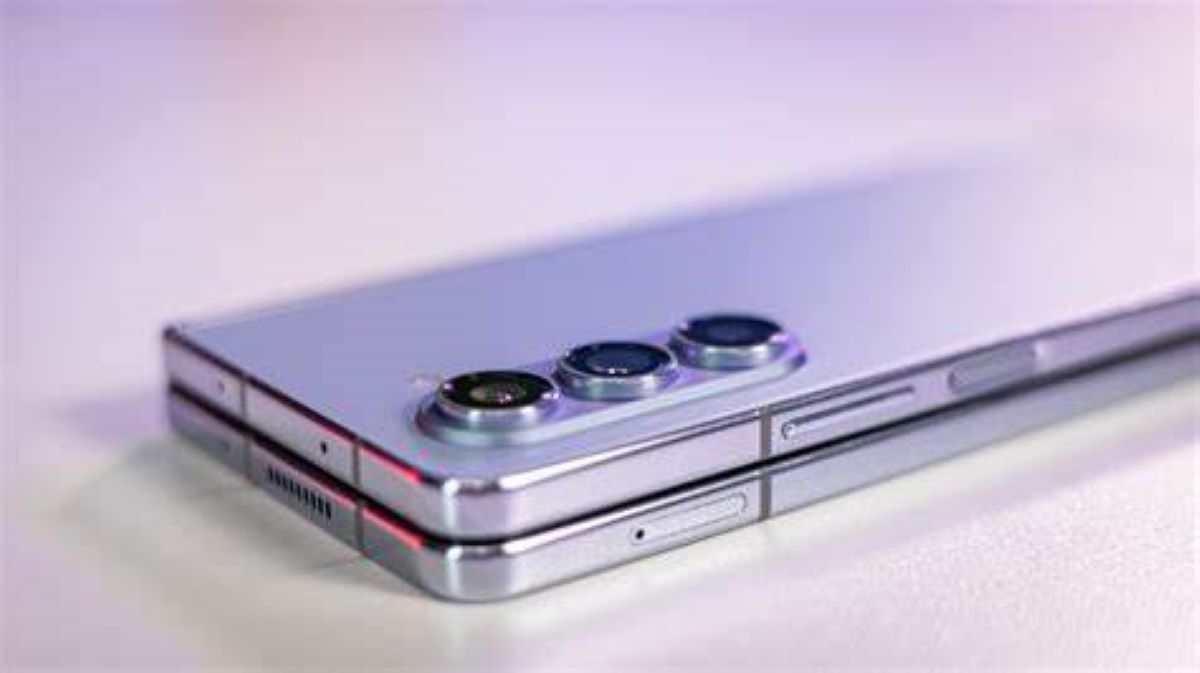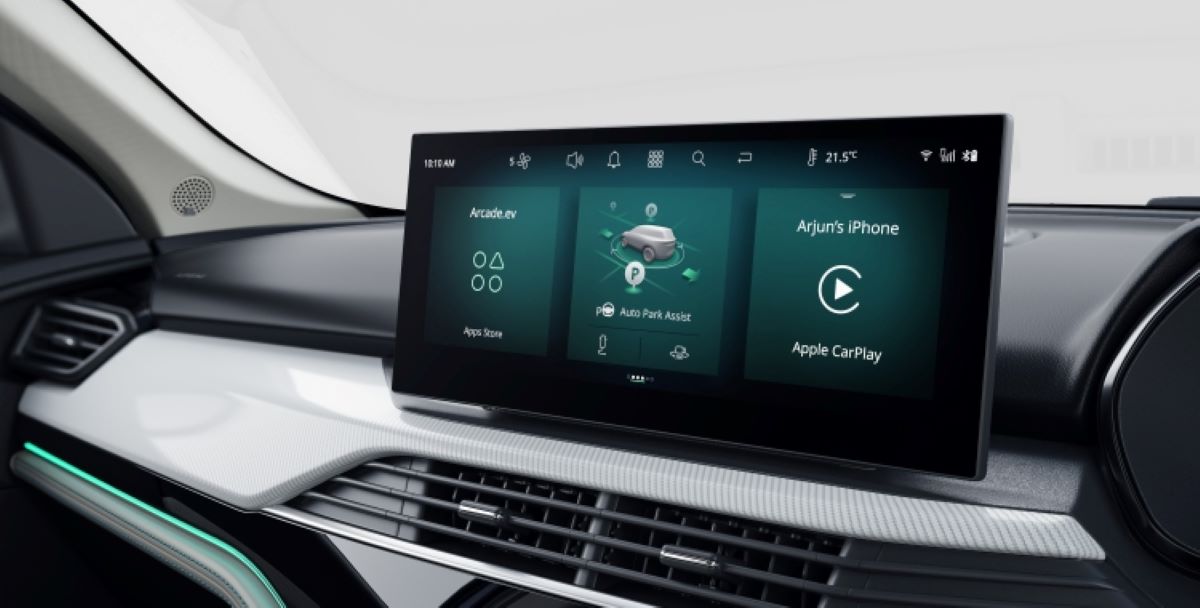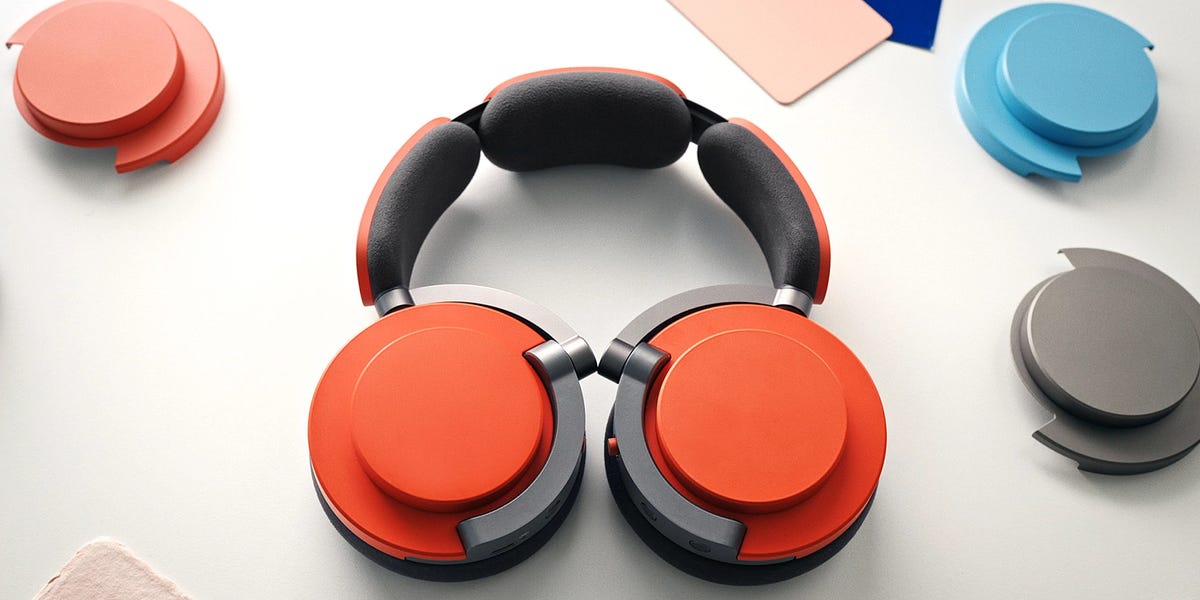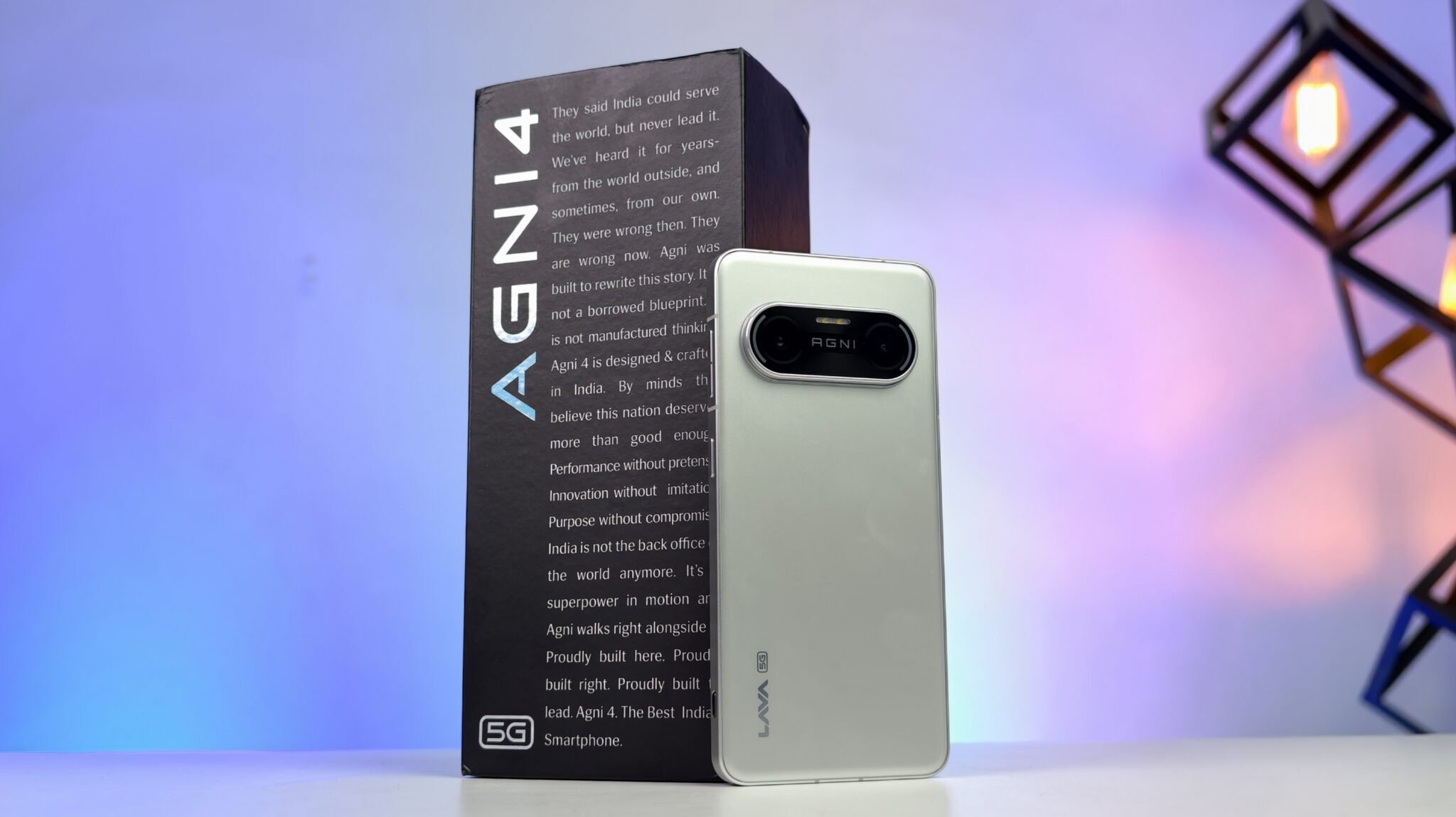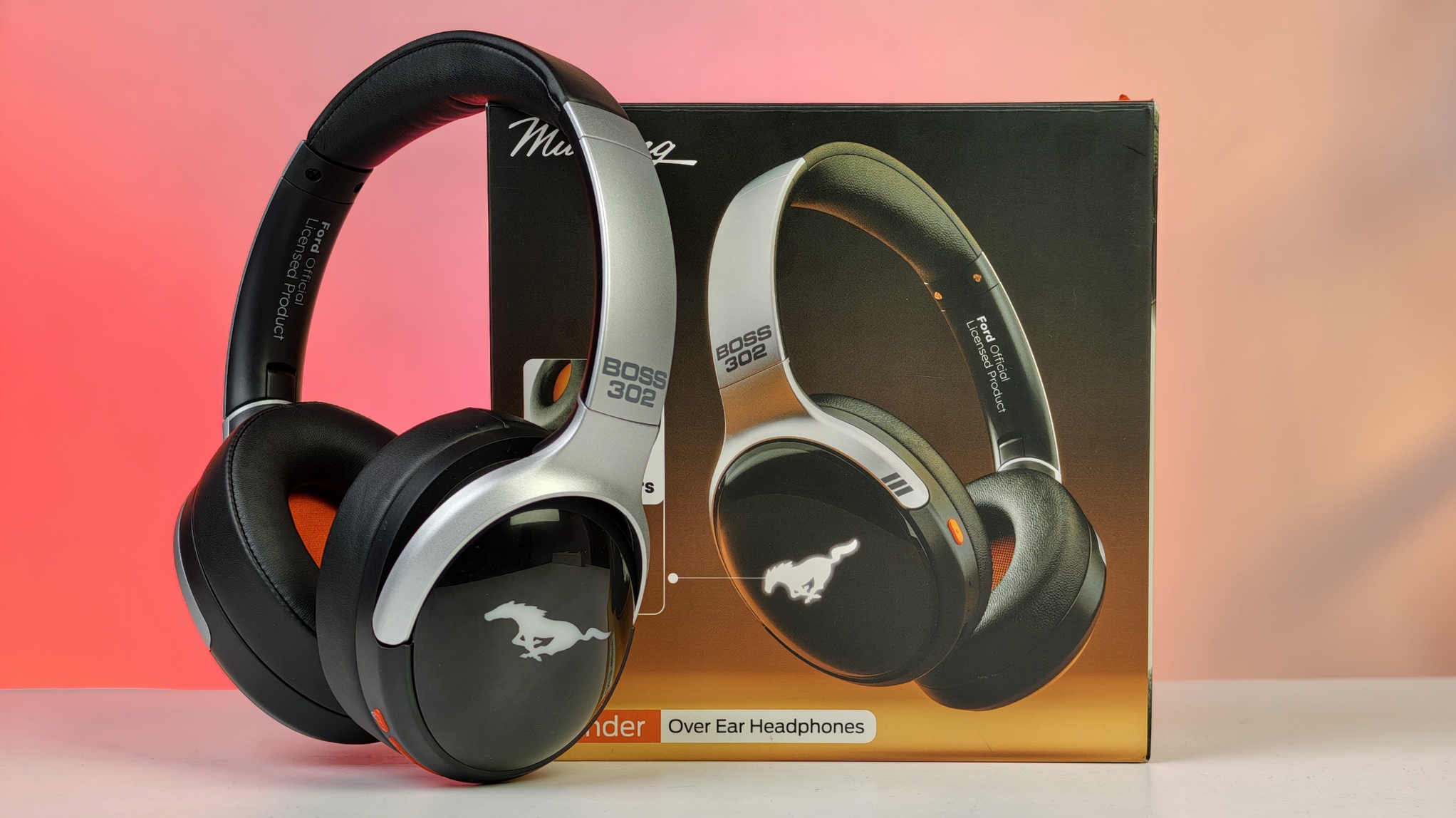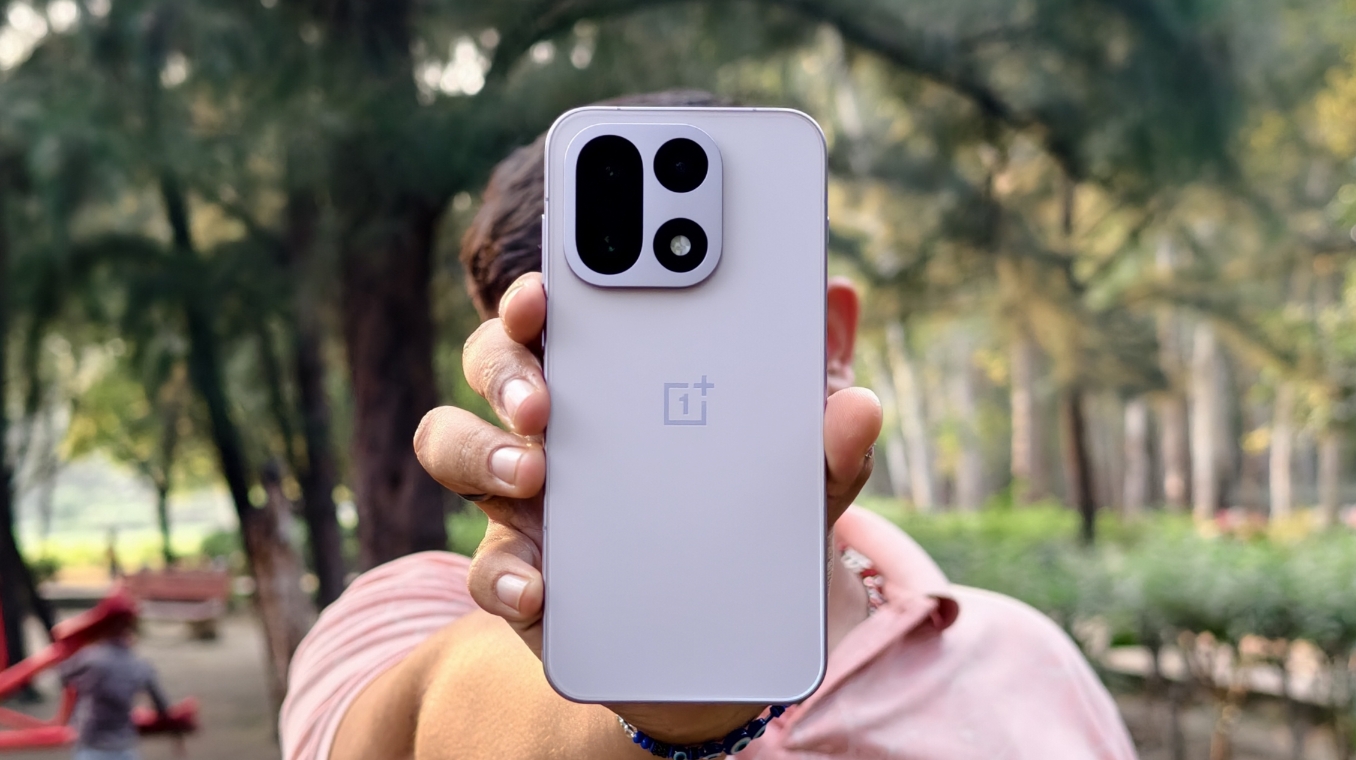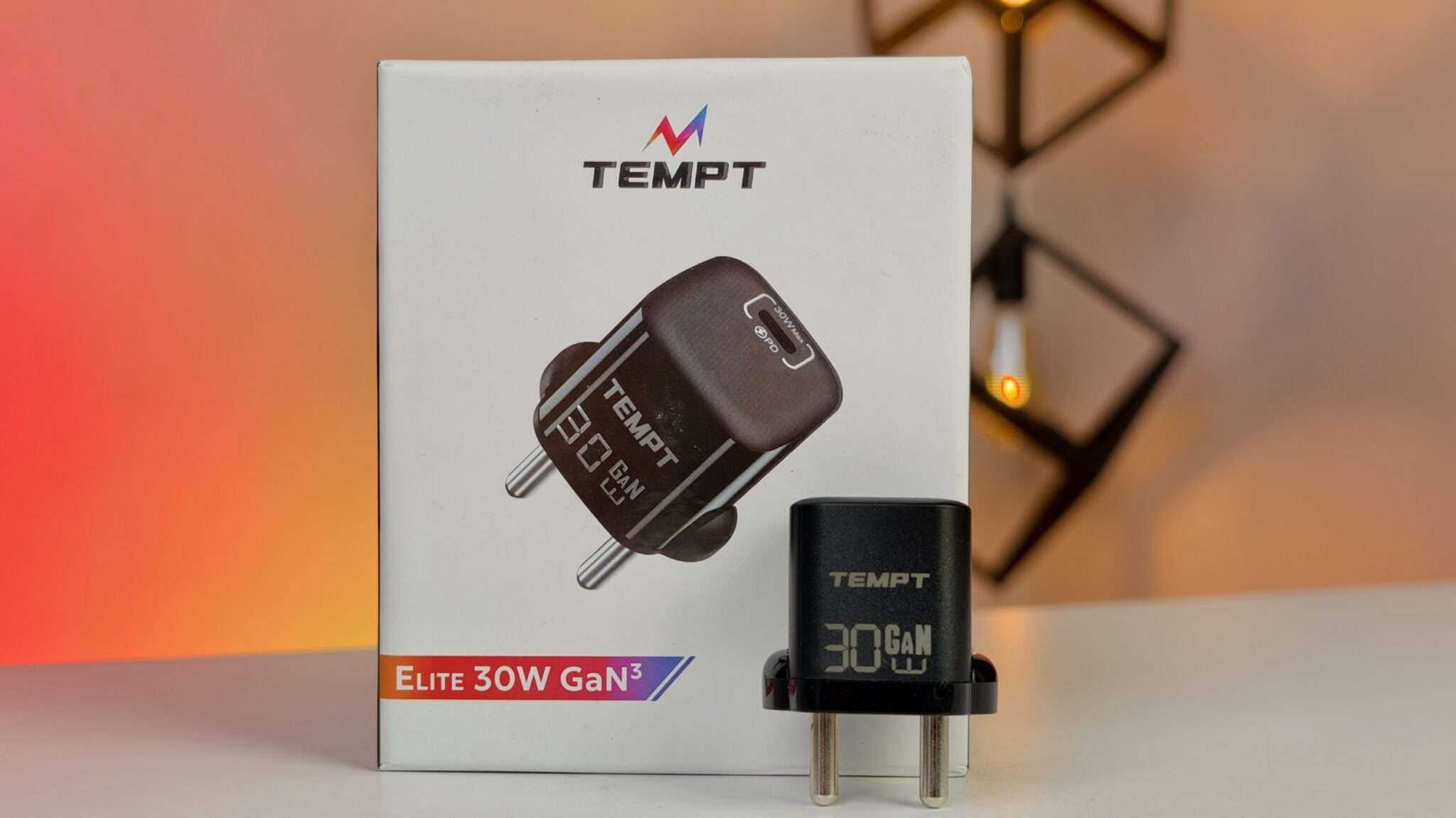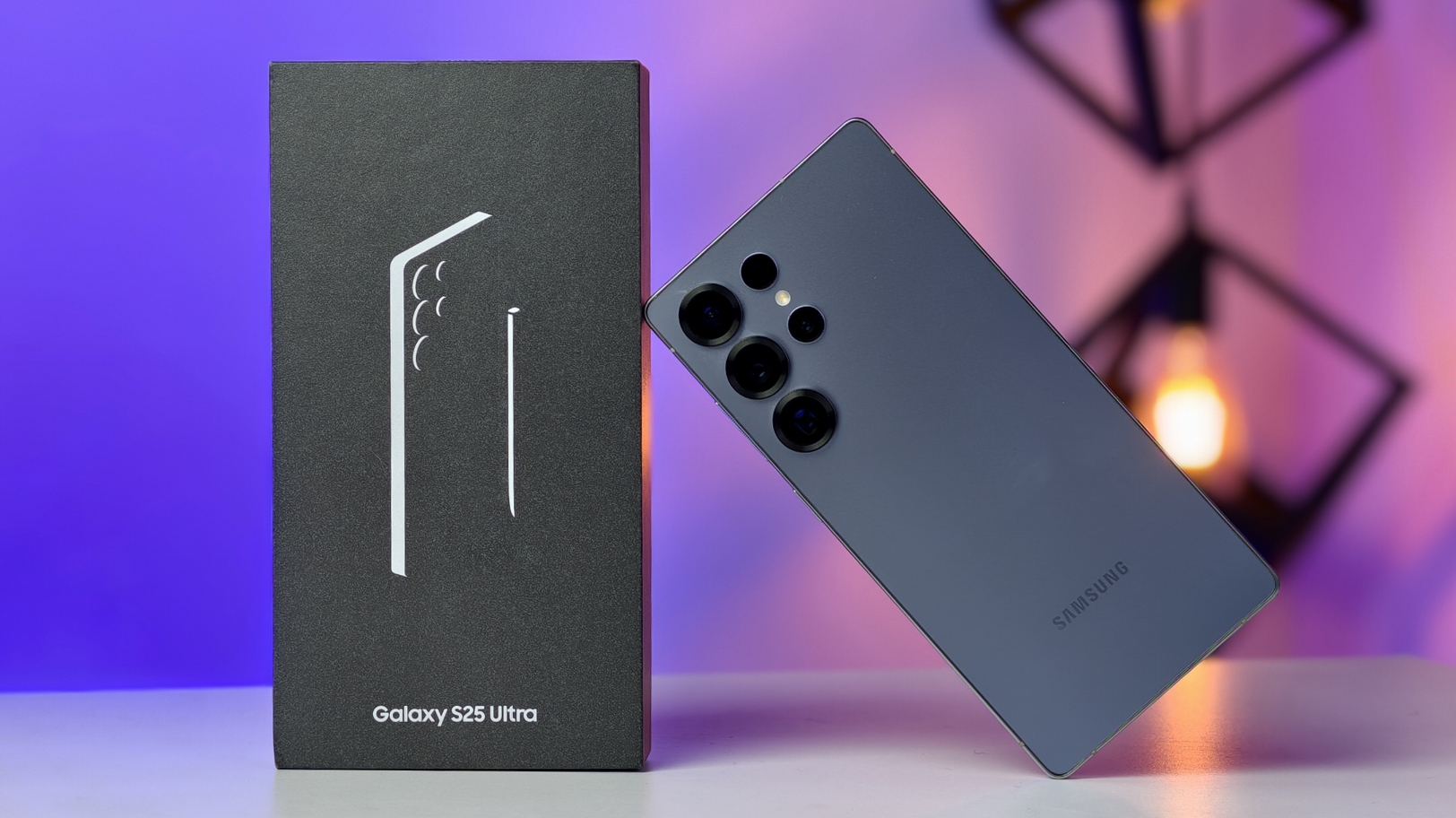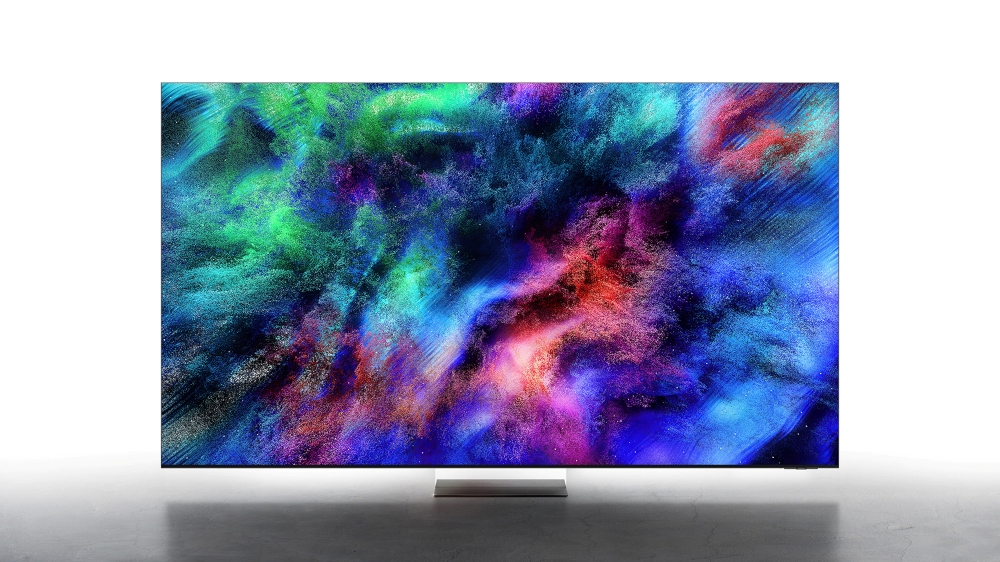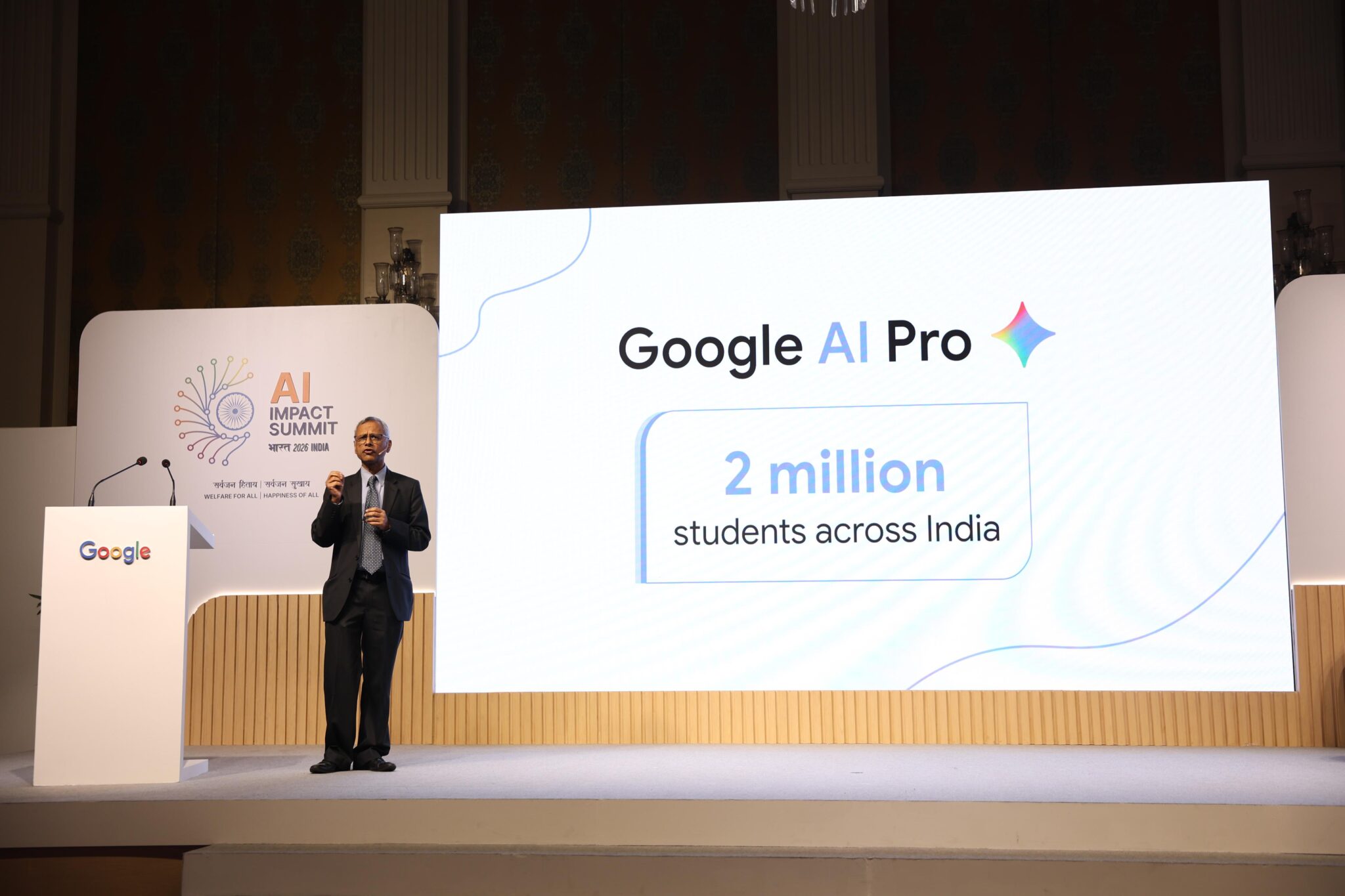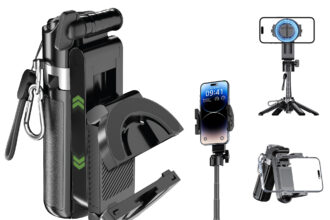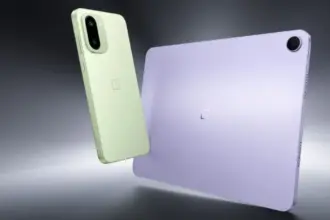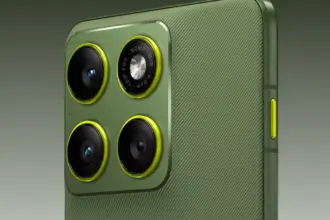Mobile phone photography has come a long way—and not just because of sharper lenses or bigger sensors. These days, what really sets a phone camera apart is how well its hardware, software, and artificial intelligence all work together. And that’s where Samsung’s approach feels different. The company doesn’t just upgrade one part at a time. Instead, it’s building an interconnected system that evolves as a whole. It’s this tight integration that’s letting Galaxy phones quietly reshape how we capture, create, and share moments.
Key Takeaways:
- Samsung treats camera innovation as a holistic system—hardware, software, and AI are designed to work hand-in-hand.
- Galaxy phones aren’t just improving image quality; they’re changing how people experience photography.
- AI in Galaxy devices is expanding beyond text to understand a wider range of inputs and contexts.
- The camera is becoming a primary way users interact with their phones, turning sight into intelligent action.
- Foldable screens amplify the entire camera experience.
- Privacy remains a foundational element of Samsung’s design philosophy.
As AI moves beyond recognizing simple voice commands or text, are learning to interpret the world in more intuitive ways. They can now analyze what’s in front of you, understand the setting, and even make decisions in real-time. And the camera—ironically, once just a visual add-on—is at the center of this shift. It’s becoming a bridge between what you see and what your device can do.
Beyond the Lens: A System Approach to Photography
For a long time, camera innovation was mostly about numbers: more megapixels, wider apertures. And while those specs still matter, Samsung has realized something else—that they only truly shine when the entire system around them is designed in sync.
So, when Samsung develops a new sensor, it doesn’t just slap it into a device. The sensor is carefully paired with image-processing software and AI algorithms that interpret the scene and tweak settings dynamically. That attention to synergy is what makes each photo feel more balanced, more accurate, more alive.
Take low-light photography, for example. It’s not just about letting in more light through the lens. Samsung’s phones now blend multiple exposures, layer them intelligently, and use AI to remove noise and highlight detail. The result? Nighttime shots that look crisp, not grainy—something you couldn’t achieve with great optics alone.
AI’s Role in a Smarter Camera
The AI in today’s Galaxy cameras is doing more than just identifying faces. It’s evolving—learning to distinguish between objects, textures, and even subtle cues in your surroundings.
Imagine pointing your phone at a bowl of ramen. The camera doesn’t just recognize “food.” It knows it’s ramen, understands the lighting conditions, and might tweak colors and depth to make it pop in a social media post. Photographing your dog? The AI can track its movement and predict the best moment to freeze the action in a single, sharp frame.
This isn’t just about automation. It’s about anticipation. The camera is beginning to sense what you need before you ask for it—shifting photography from something reactive to something far more intuitive.
Foldables: A New Canvas for Visuals
Now add foldables to the mix, and things get even more interesting. These devices don’t just look futuristic—they change how we interact with the camera altogether.
Picture this: holding your foldable Galaxy like a camcorder, using one half of the screen as a massive live viewfinder while the other half holds your controls or shows your previous shots. It’s functional and somehow nostalgic at the same time.
And for content creators or just casual users, foldables open up all kinds of new creative angles. Want to take a hands-free selfie? Prop it up. Need a wider view for a group shot? You’ve got space to frame it properly. Reviewing a video? The large screen lets you catch tiny details you might miss otherwise.
It’s not just about having a bigger screen. It’s about the flexibility to use it in ways that make visual storytelling easier—and a lot more fun.
Privacy as a Foundation
With all this smart functionality, it’s easy to forget how much data these systems process. Samsung doesn’t. That’s why privacy is baked into every layer of its ecosystem.
When your device is recognizing a face or analyzing a scene, there’s always a question of where that data goes—and who sees it. Samsung’s answer has been consistent: privacy by design. Not as an afterthought or optional setting, but as a default.
In an era where trust is hard-won, that kind of commitment matters. It lets users explore all these powerful tools—confident that their personal data stays personal.
So where does all this lead? The mobile camera is no longer just a point-and-shoot tool. It’s morphing into a smart, responsive companion—capable of capturing not just what we see, but how we experience the world around us. With Galaxy Ultra devices leading the way, the future of mobile photography isn’t just arriving—it’s unfolding, one shot at a time.


